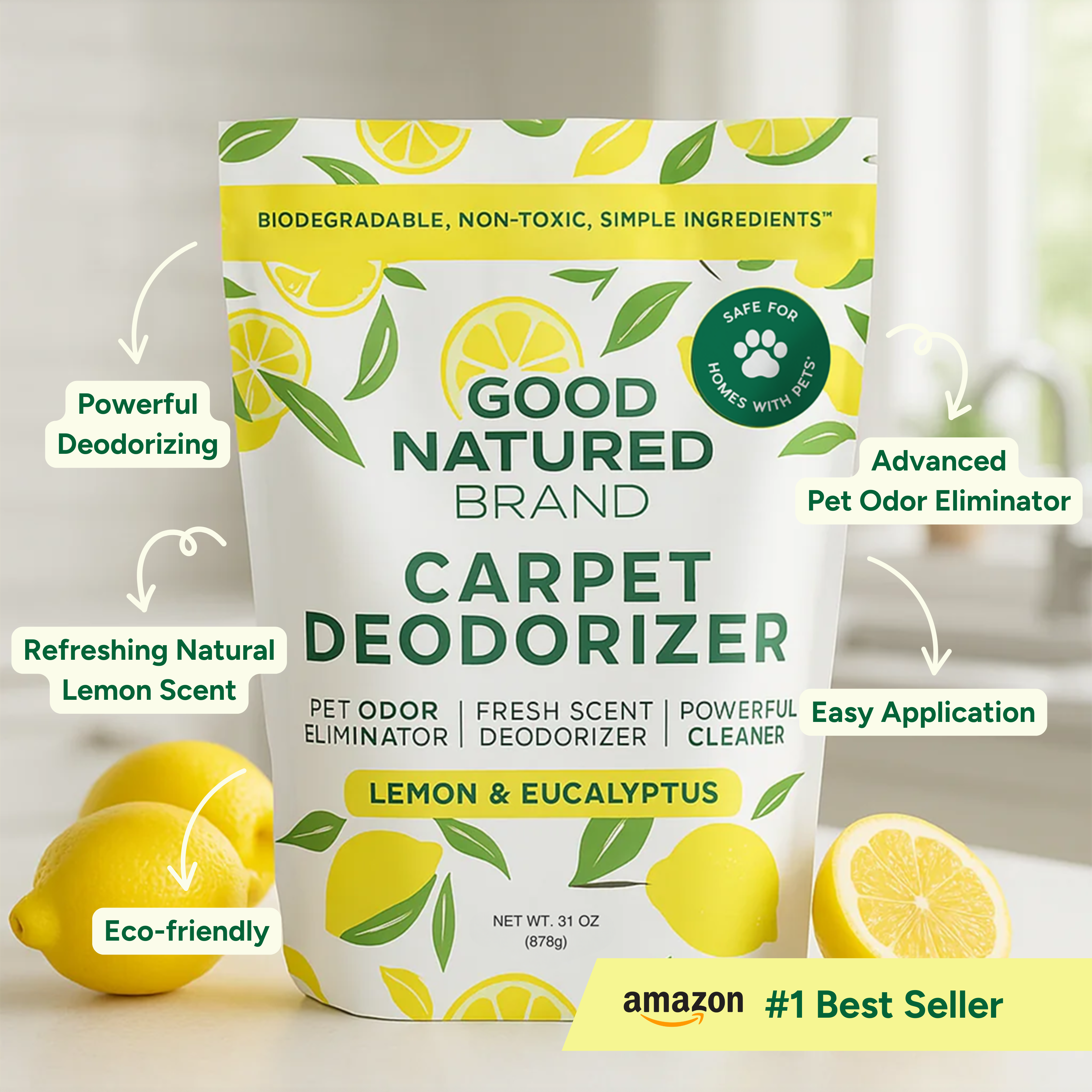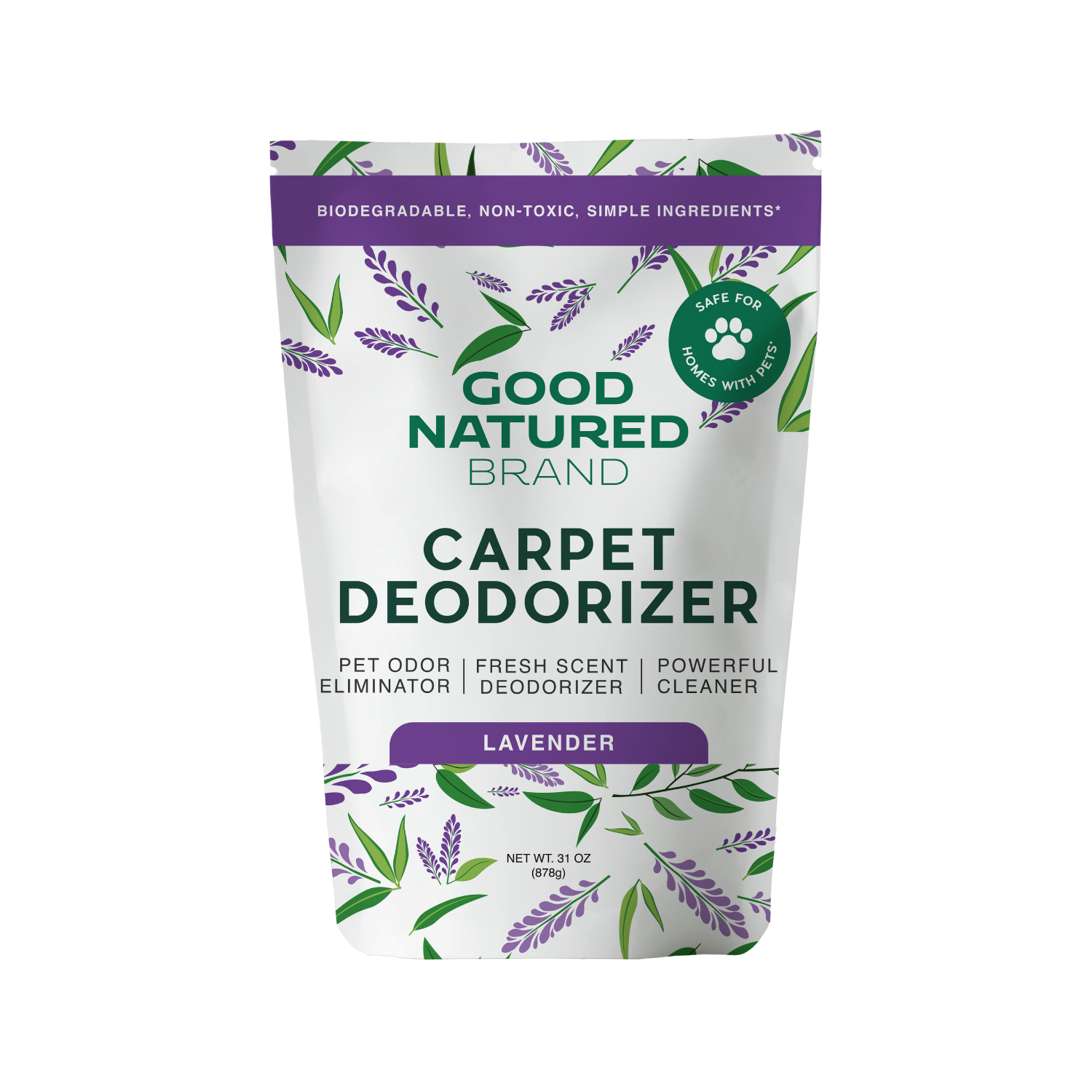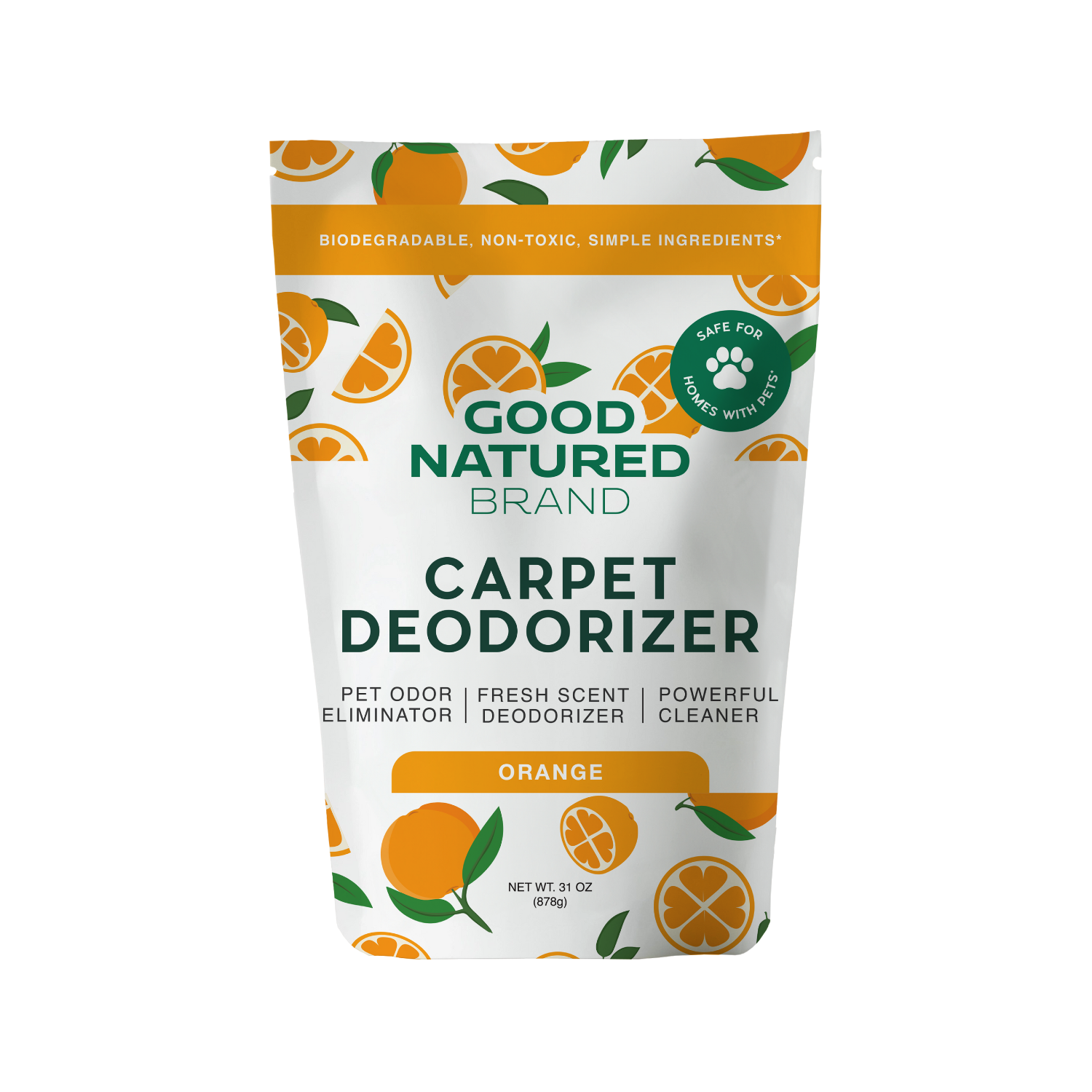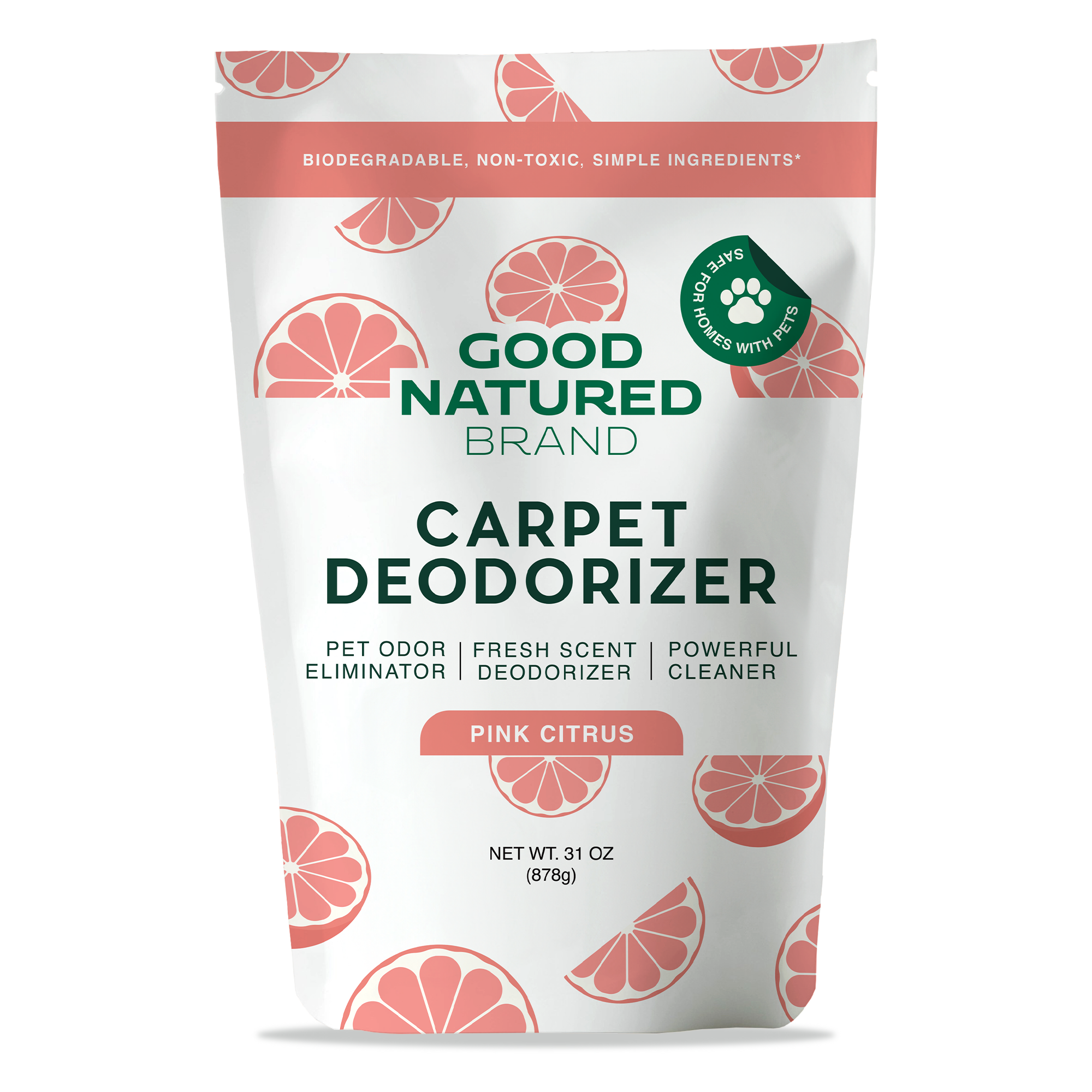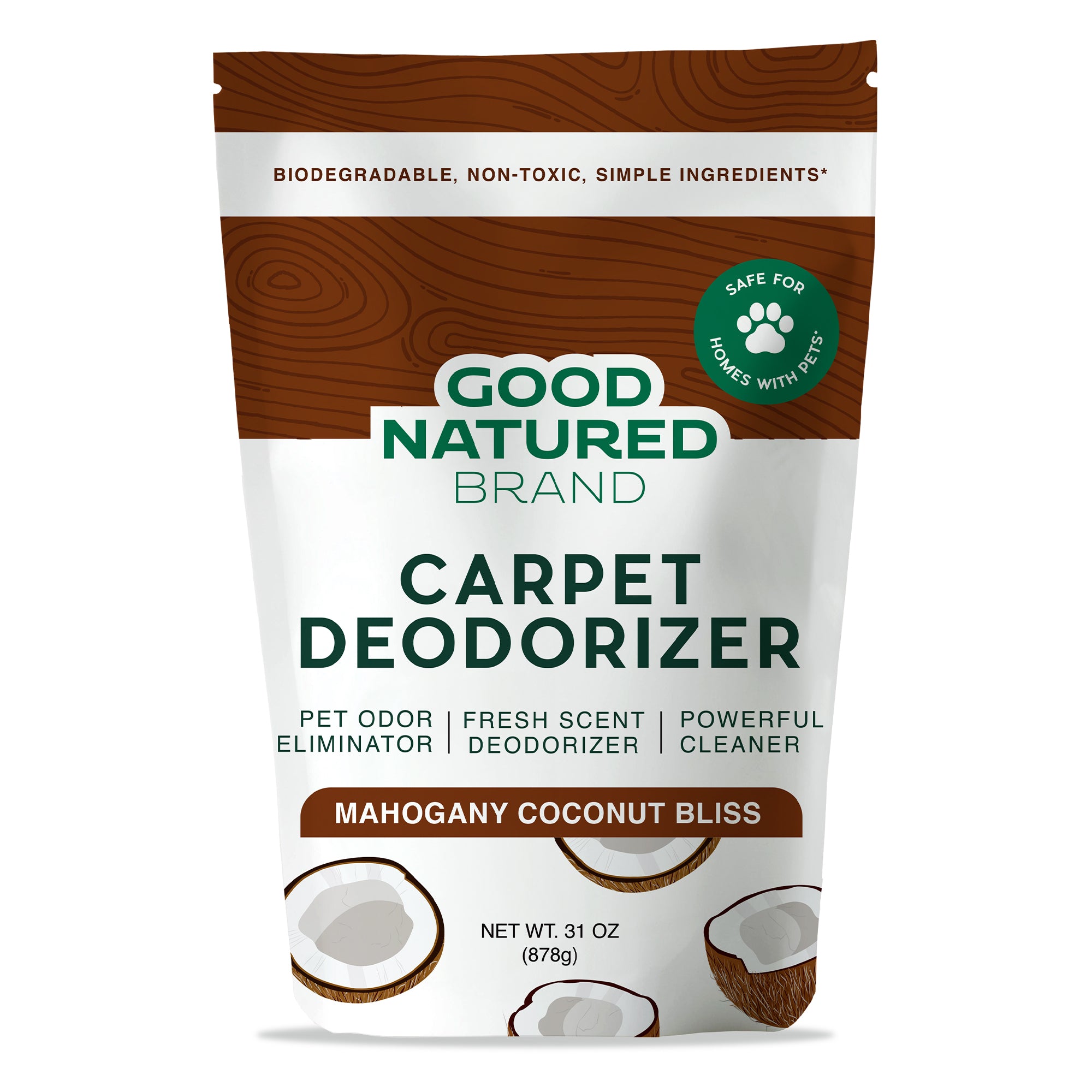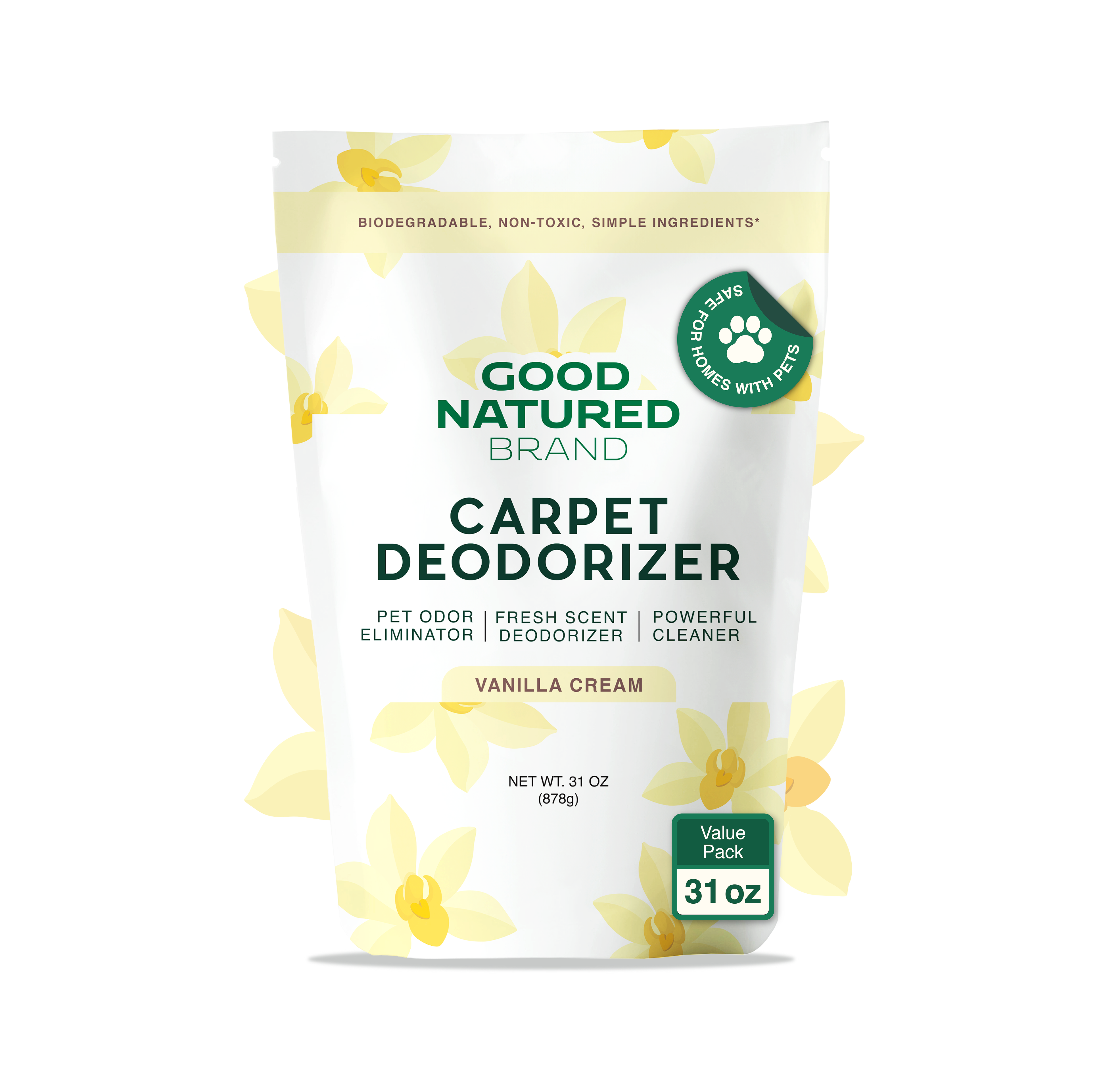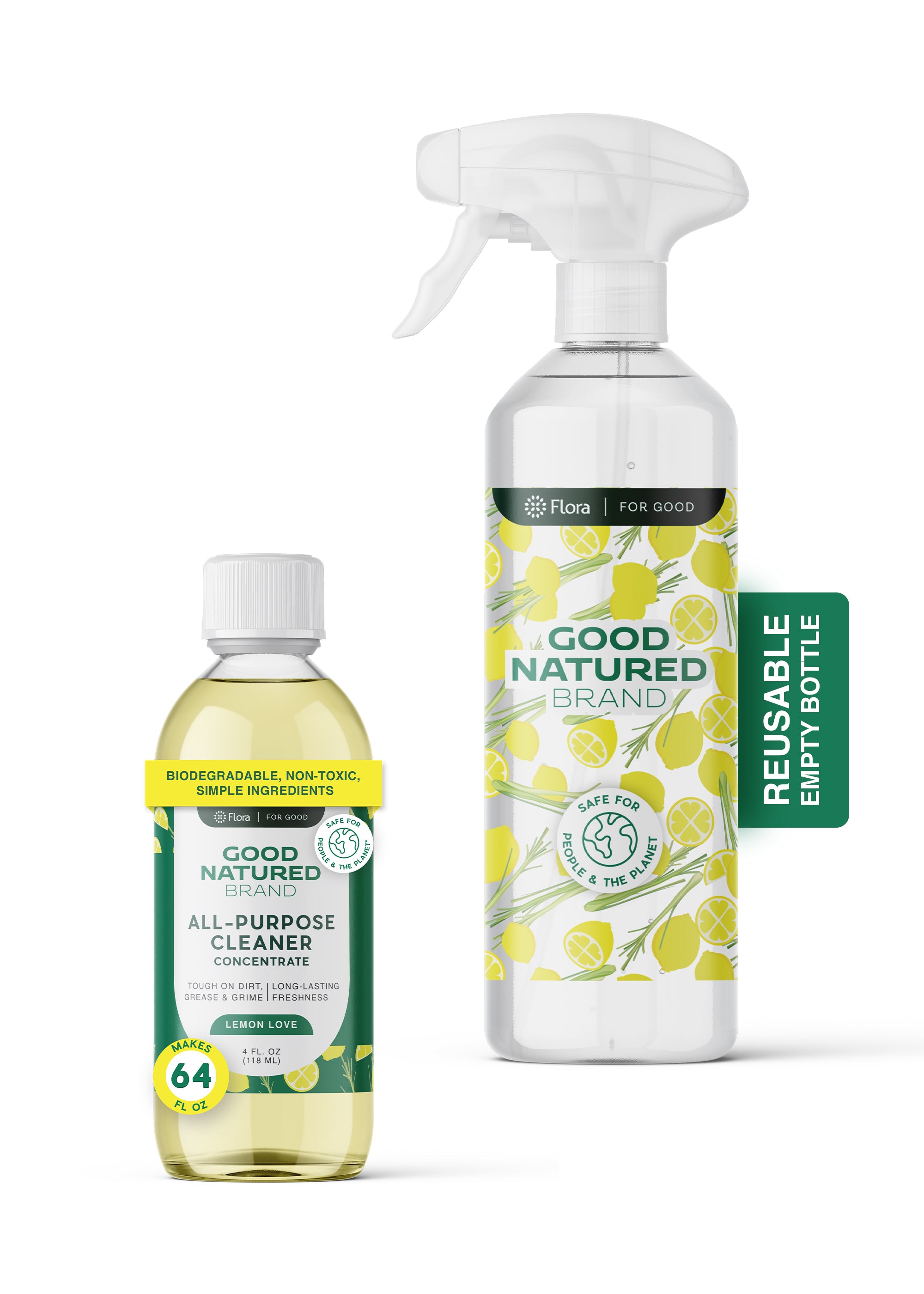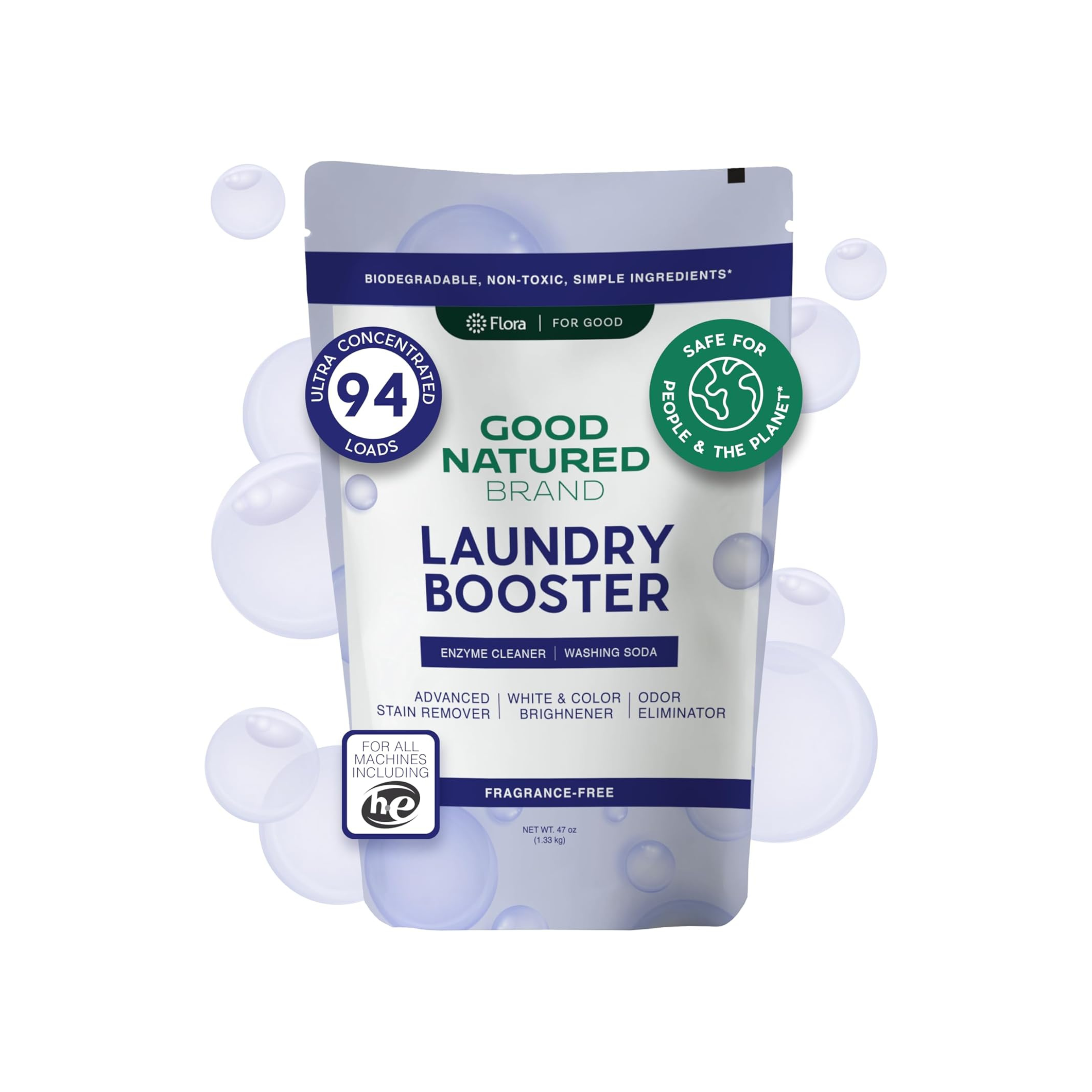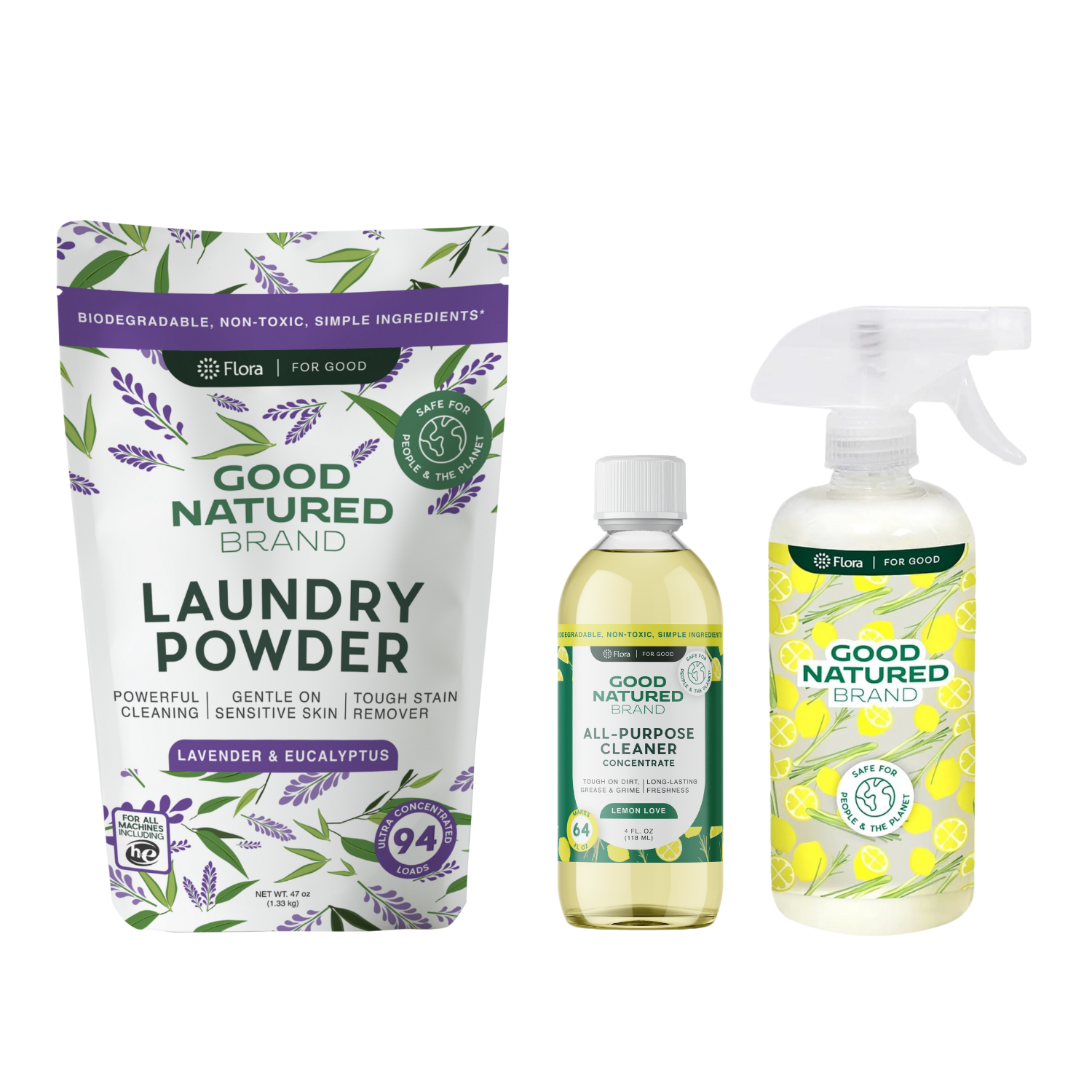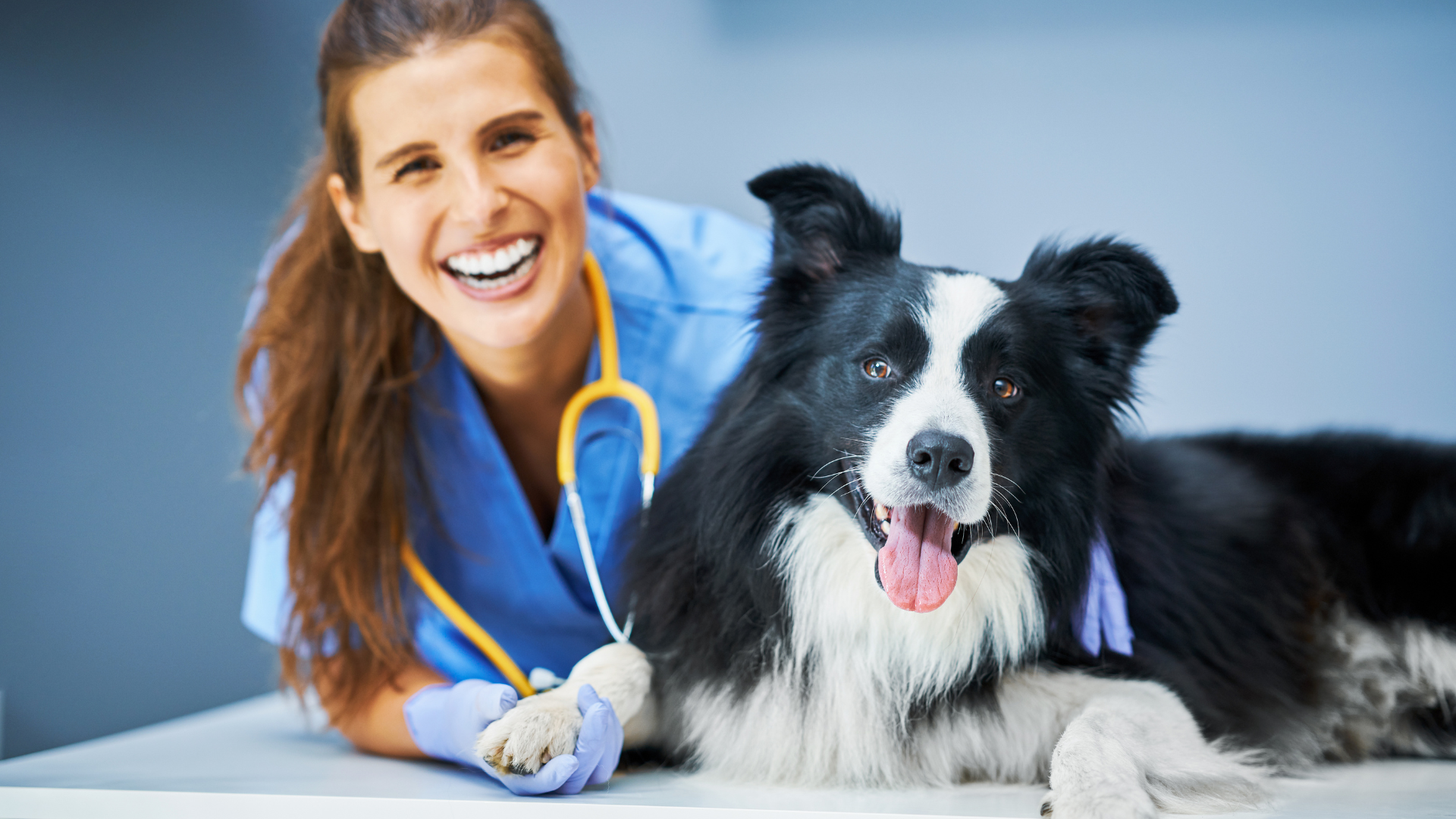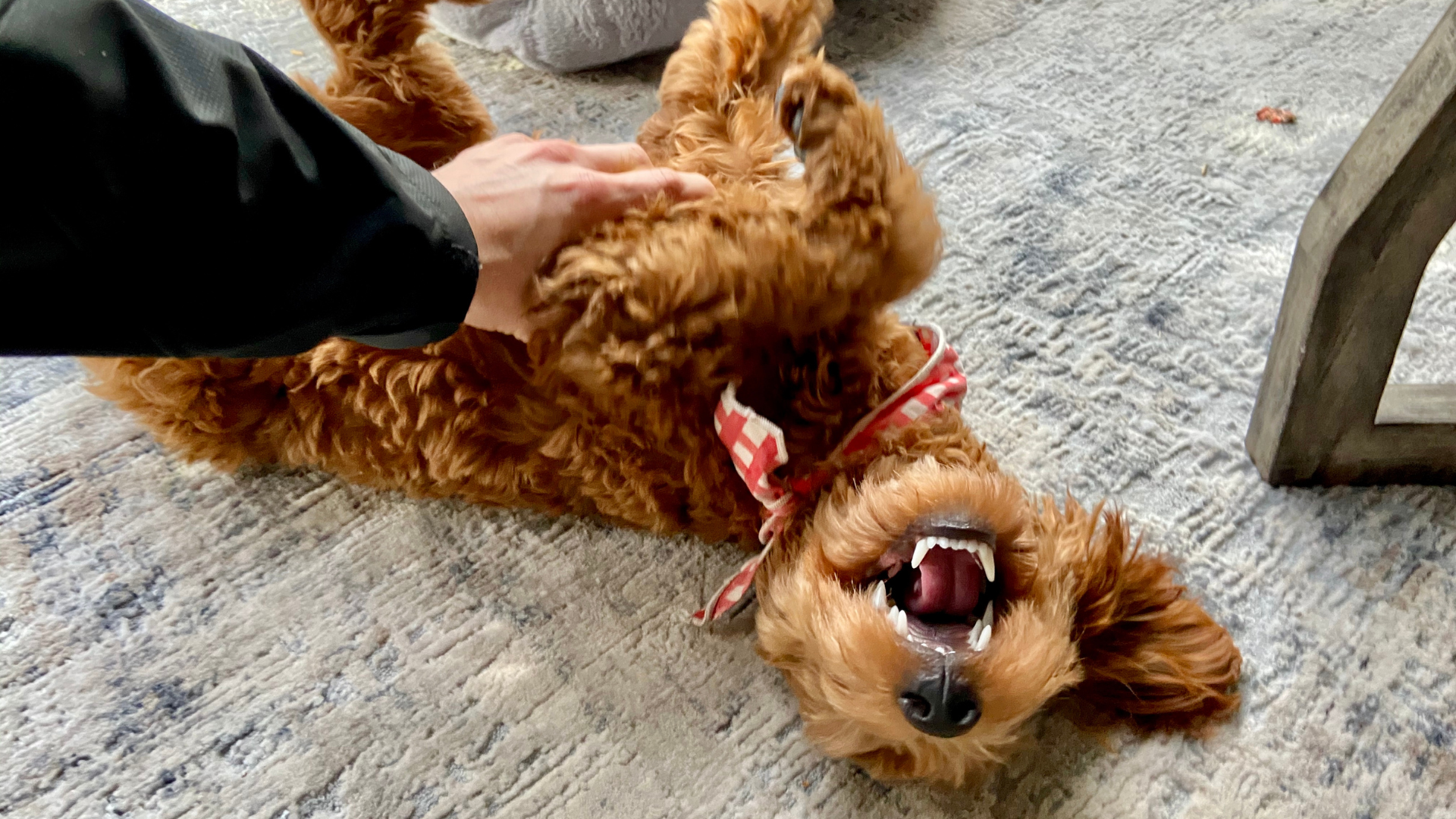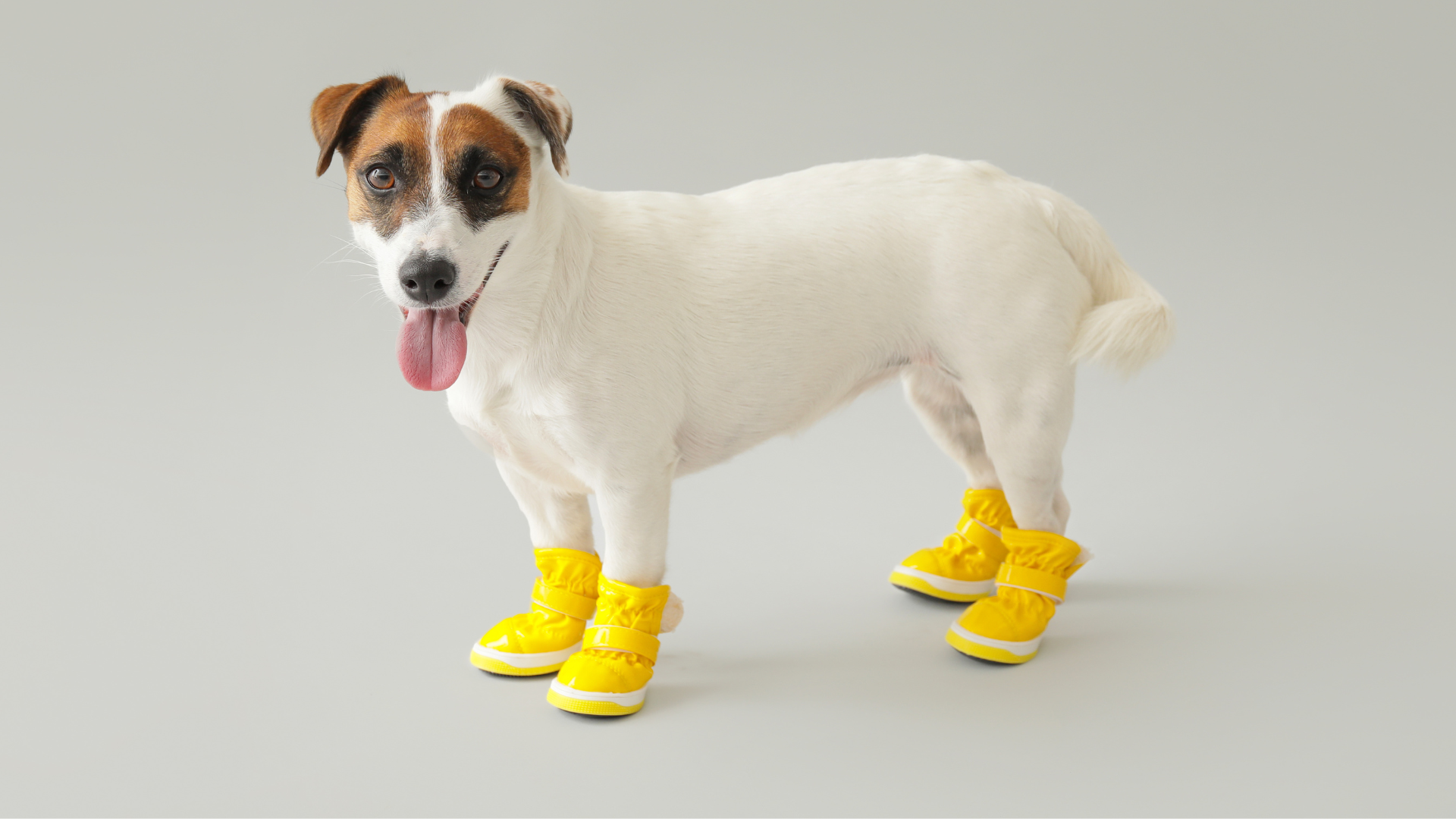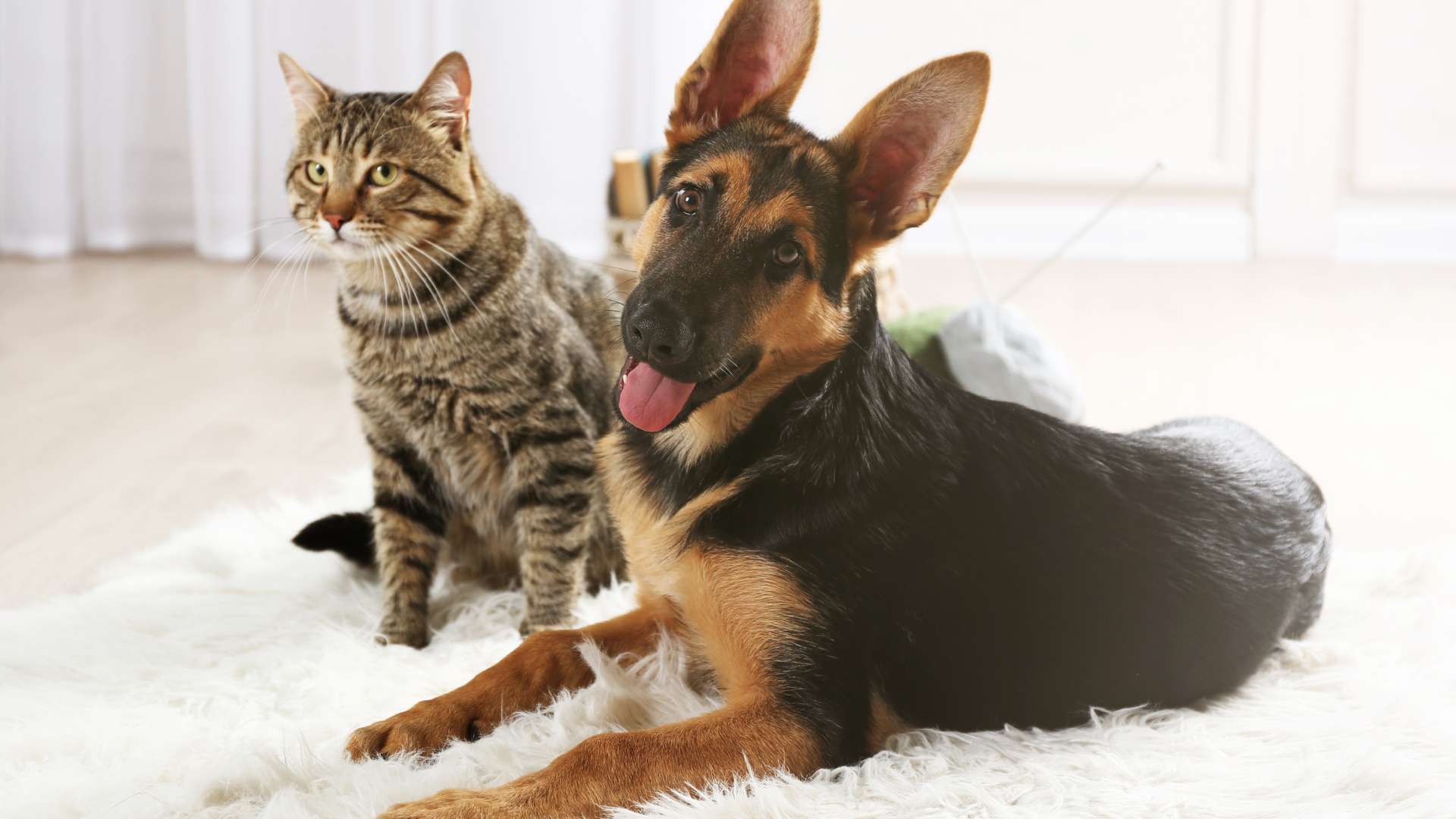Pet parents often notice every detail about their furry companions—from wagging tails to floppy ears—but one feature that sparks curiosity is the dog belly button. Do dogs really have belly buttons? If so, where is it, and what does it look like? Unlike humans, where navels are a noticeable part of the body, a dog belly button is subtle, often hidden by fur, and rarely discussed.
In this guide, we’ll dive deep into everything you need to know about the dog belly button: its location, appearance, function, and even how to keep the area clean. At Good Natured Brand, we believe that learning about your pet’s body not only strengthens your bond but also helps you care for them more confidently.
Do Dogs Have a Belly Button
Yes, dogs absolutely have belly buttons. Like all placental mammals, dogs develop inside their mother’s womb connected by an umbilical cord. The cord supplies oxygen and nutrients while removing waste during pregnancy. After birth, the mother dog instinctively chews off the cord, leaving behind a small scar—this scar is what we call the dog belly button.
Unlike humans, who may have an “innie” or “outie,” a dog belly button is less defined. Over time, it flattens and blends into the fur-covered skin of the abdomen, making it easy to overlook. Still, it’s a normal and universal feature of every dog.
Where Is a Dog’s Belly Button Located
Finding the dog belly button can be tricky, especially if your pet has a thick or long coat. Generally, the belly button is located on the midline of the abdomen, just below the ribcage and above the pelvis. If you run your hand gently down your dog’s stomach, you may feel a tiny, flat scar or slight wrinkle in the skin—that’s their belly button.
During grooming sessions or belly rubs, you may notice it as a small spot with slightly different skin texture. Don’t worry if it’s hard to see; in most dogs, the navel is barely visible.
For curious pet parents, identifying your dog’s belly button can be a fun bonding moment. Just be sure to keep your dog relaxed and comfortable while you’re inspecting their tummy.
What Does a Dog Belly Button Look Like
A dog belly button doesn’t resemble the distinct navels we’re used to seeing on people. Instead, it often looks like a small scar, a faint line, or a subtle dimple. In short-haired breeds, it might appear as a tiny flat mark. In fluffy breeds, you may not be able to see it at all beneath the fur.
Because it’s so inconspicuous, many owners don’t realize their dog even has a belly button. However, every dog carries this little reminder of their start in life.
It’s important to note that if the area looks swollen, raised, or develops a lump, it could be a sign of an umbilical hernia, which requires veterinary attention. Otherwise, a small, flat scar is perfectly normal.
The Function of a Dog Belly Button
The belly button itself doesn’t have an active function once your dog is born. It is simply scar tissue where the umbilical cord was attached during pregnancy. However, the umbilical cord’s role before birth is critical: it provides essential nutrients and oxygen to growing puppies and helps remove waste products.
Once the puppy is delivered, the umbilical cord is no longer necessary, and the belly button is the only trace of it. So while the belly button doesn’t serve a purpose in your dog’s daily life, it’s an important sign of their development as a mammal.
Is the Dog Belly Button Normal in All Breeds
Yes, every single dog has a belly button, regardless of breed, size, or coat type. From tiny Chihuahuas to giant Great Danes, the belly button is always present. What varies is how easy it is to find.
-
Short-haired breeds: Their belly buttons are usually easier to see.
-
Long-haired or double-coated breeds: Their navels are often hidden by thick fur.
-
Small dogs vs. large dogs: Size doesn’t affect the presence of a belly button, only its visibility.
One common misconception is that some breeds don’t have belly buttons. The truth is, they all do—it just might take a little patience to locate it.
Cleaning and Grooming Around the Dog Belly Button
Most of the time, the dog belly button doesn’t need any special care. However, since it’s located on the tummy, this area can collect dirt, loose fur, or debris when your pup lies on the ground or rolls around outside.
During grooming sessions, it’s a good idea to check your dog’s belly button for signs of irritation, redness, or buildup. Gently brushing around the area can prevent tangles and keep the skin clean. If you ever notice unusual discharge or swelling, contact your veterinarian for advice.
A clean environment plays a big role in keeping this area healthy. Eco-friendly All-Purpose Cleaners are excellent for wiping down floors and surfaces where your pup spends time belly-up. If your dog leaves behind odors or hair after a long belly rub session on the carpet, natural Carpet Deodorizers keep your home fresh without harsh chemicals. And since many dogs love napping on blankets or bedding, washing these items with safe Laundry Powders ensures a clean, pet-friendly space.
At Good Natured Brand, we know that keeping your home clean contributes directly to your dog’s comfort and well-being. That’s why our products are designed to be safe, natural, and effective for families with pets.
Can a Dog Belly Button Get Infected
Though rare, a dog belly button can become irritated or infected under certain circumstances. This is most common in puppies if the umbilical area didn’t heal properly or if bacteria entered the wound during the early days of life. In adult dogs, infections are uncommon but can happen if debris, moisture, or dirt builds up around the scar.
Signs of infection include:
-
Swelling or redness around the belly button
-
A foul odor or discharge
-
Sensitivity or pain when touched
-
Excessive licking at the site
If you notice any of these signs, schedule a veterinary checkup. Early treatment usually resolves the issue quickly and prevents complications.
What Is an Umbilical Hernia in a Dog Belly Button
One of the most common health concerns related to the dog belly button is an umbilical hernia. This occurs when the abdominal wall doesn’t close fully after birth, allowing fatty tissue or organs to protrude through the weak spot.
Typical symptoms include a soft bulge or lump near the belly button. Some hernias are small and harmless, while others can grow or cause discomfort if tissue becomes trapped. In severe cases, surgical repair is necessary.
Most veterinarians detect umbilical hernias during puppy checkups, and many correct the issue at the same time as spaying or neutering. If your dog’s belly button looks raised or feels unusual, a vet visit is the best way to ensure it’s nothing serious.
Myths About the Dog Belly Button
Because the dog belly button is not obvious like a human navel, myths and misconceptions are common. Let’s clear up a few:
-
Myth: Dogs don’t have belly buttons.
Truth: All placental mammals, including dogs, have belly buttons. They’re just harder to see because they’re small and hidden by fur. -
Myth: The dog belly button should look like a human’s.
Truth: A dog’s belly button is usually flat and scar-like, not a deep “innie” or protruding “outie.” -
Myth: A lump near the belly button is normal.
Truth: While small scars are normal, any bulge or swelling could signal an umbilical hernia or infection and should be checked by a vet.
Understanding these facts helps pet parents feel more confident about what’s normal and when to seek care.
Fun Facts About the Dog Belly Button
The dog belly button may be subtle, but it’s a fascinating reminder of life’s beginnings. Here are some fun facts:
-
Puppies are born with umbilical cords, and mother dogs instinctively chew them off shortly after birth.
-
Unlike humans, who may have very visible navels, dogs’ belly buttons are designed to fade and blend in for survival, making them less noticeable to predators in the wild.
-
All placental mammals—from elephants to cats—have belly buttons, while marsupials and monotremes (like kangaroos and platypuses) do not.
-
Some pet parents call it their dog’s “tummy button,” a sweet nickname that often comes up during belly rub sessions.
How to Keep the Dog Belly Button Area Healthy
Caring for the dog belly button doesn’t require much effort, but general cleanliness and observation go a long way.
-
Regular grooming: Brush the fur around the belly area to prevent matting or buildup.
-
Routine checks: During belly rubs, glance at the navel to ensure there are no lumps or irritation.
-
Fresh bedding: Wash your dog’s blankets and beds frequently with safe Laundry Powders to minimize bacteria or allergens.
-
Clean floors and surfaces: Dogs spend a lot of time lying belly-down on the ground. Using natural All-Purpose Cleaners helps keep those surfaces safe and chemical-free.
-
Odor control: For carpets that collect fur and dog smells, eco-friendly Carpet Deodorizers keep your home fresh while being safe for pets.
At Good Natured Brand, we design products with pet families in mind—ensuring you can keep your home clean and your dog’s environment healthy without harsh chemicals.
When to Call the Vet About a Dog Belly Button
While most belly buttons are perfectly healthy, there are times when veterinary attention is necessary. Contact your vet if you notice:
-
Swelling or a firm lump that doesn’t go away
-
Persistent bulging (possible hernia)
-
Signs of pain when the belly button is touched
-
Discharge, pus, or foul odor
-
Excessive licking of the area by your dog
Catching issues early ensures your pup stays comfortable and avoids complications.
Why Learning About the Dog Belly Button Matters for Pet Parents
The dog belly button may seem like a minor detail, but paying attention to it can improve your role as a pet parent. Understanding its purpose and potential health concerns encourages better observation and quicker responses to issues. Plus, checking your dog’s belly button during grooming or cuddle time strengthens the bond you share.
It also highlights how fascinating our pets are. Even something as small as a scar tells the story of their earliest moments of life.
Final Thoughts on the Dog Belly Button
Every dog has a belly button, though it might take a keen eye to spot it. Usually, it’s just a tiny scar hidden by fur, but it’s still an important part of your dog’s anatomy. By knowing where it is, what it looks like, and when to seek veterinary care, you’ll be better equipped to keep your pet healthy and happy.
At Good Natured Brand, we celebrate every detail of pet parenthood. From cleaning muddy paw prints with All-Purpose Cleaners to freshening rugs with Carpet Deodorizers and keeping bedding safe with Laundry Powders, we’re here to make your home a healthier place for you and your furry friend.
For more fascinating pet care insights, visit the Good Natured Brand Blog.
